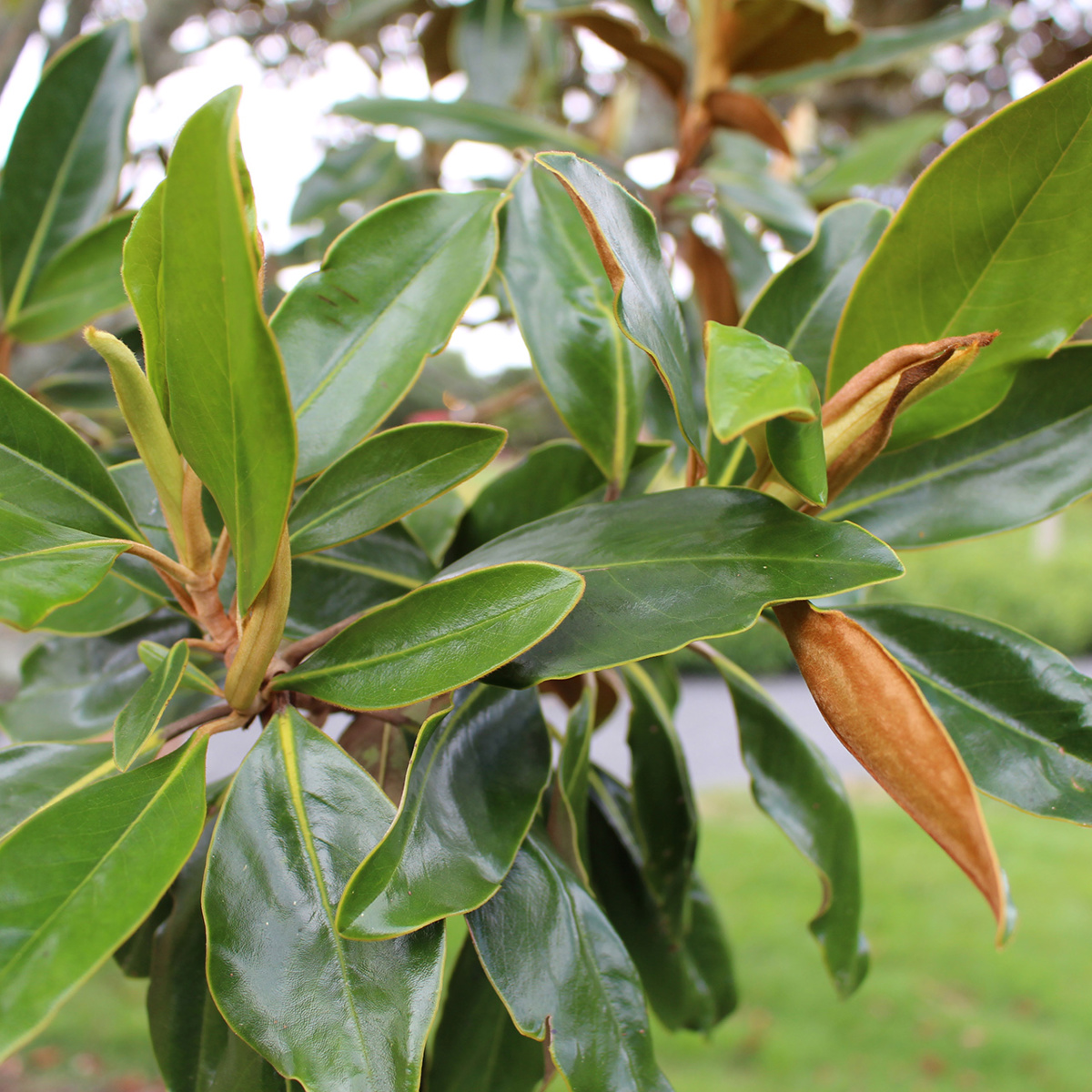Physical characteristics
A large rounded
Flowers and foliage
Small non-showy
Preferred site
Easily grown in average medium to
Preparation for planting
Always choose healthy well grown
Before planting ensure the root ball is saturated and remove the planter bag or pot with minimal root disturbance. Trim any broken roots and plant at the same level as in the container. Dig a hole twice the diameter of the root ball and firm in and water once planted. Make sure
Staking may be necessary for some
Maintenance tips
Mulching
The first summer and autumn after planting is critical for young
Pruning is not normally requi
Ecological and biodiversity benefits
Fruits mature to a dark
Pests and diseases
No pest and disease issues.
Location at Auckland Botanic Gardens
Camellia Garden
Interesting facts and tips
Sour gum is a slow-growing


.jpg?width=1200&height=800&v=1d538c77834c7f0)
.jpg)
.jpg?width=1200&height=1200&v=1d4024dceb89e50)

.jpg?width=1200&height=1200&v=1d5569224d63650)
 .jpg?width=1200&height=1200&v=1d4024df6ce2770)
.jpg?width=1200&height=1200&v=1d55676a892f2b0)
 .jpg?width=1200&height=1200&v=1d4024e3b65f7f0)